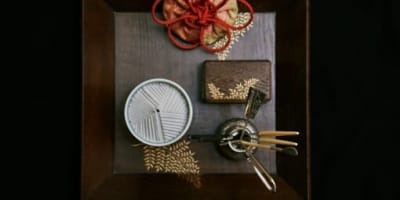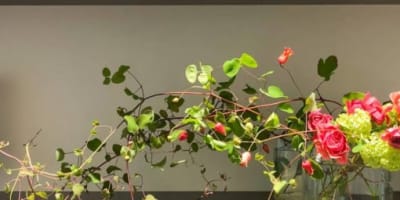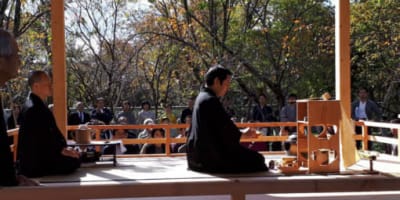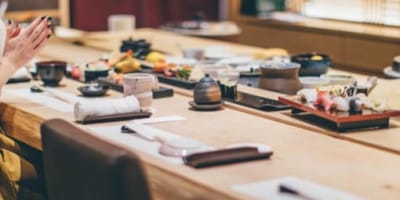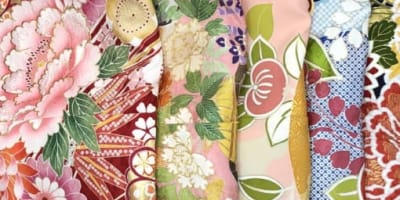Life is a journey of discovering new things and continuously learning. Traveling to new places provides a unique opportunity to engage in the local culture and learn from the source of traditional crafts. Travel with GOYOH and learn directly from the masters of ceramics, gold paintings and more in customized short or long-term courses arranged at your convenience.
Japanese traditional arts are well known all around the world for their aesthetics, mindfulness, and beauty. Often imitated overseas, there is nothing like learning from the original source to make your dream come true of pursuing Japanese traditional arts. GOYOH works together with masters of various crafts to spread the joy of Japanese traditional arts around the world and continue their legacy.
We have collected three of our favorites that we will introduce in the following. Furthermore, GOYOH would be delighted to assist you in your journey to achieve your dreams. Contact us for personalized experiences and exclusive courses. All experiences will be accommodated by professional translators and we can conveniently organize accommodation and dining or private chef services as well.
Beat the Clay in Arita
Arita is a small town on the southern island of Kyushu and is known all around Japan and beyond for its pottery. Japan has a long history and culture of creating ceramics, some of which date back to 10,000 BCE making it one of the oldest pottery traditions in the world. The legacy of Arita ware started around 400 years ago when Korean craftsmen introduced the production of porcelain to the area (a first for Japan) which then quickly rose to becoming a leader in production and development. Subsequently, Arita dominated the porcelain market and provided the main source of Japanese porcelain exports to China and Europe from the mid-17th-century.
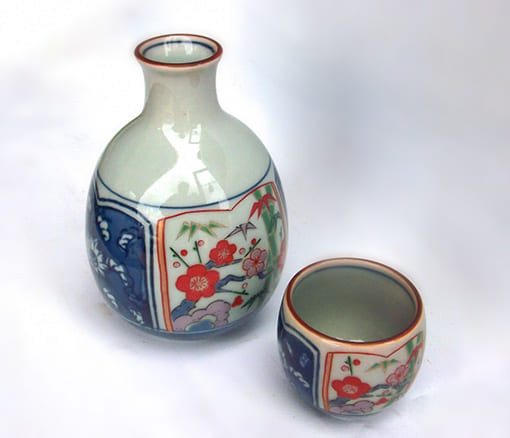

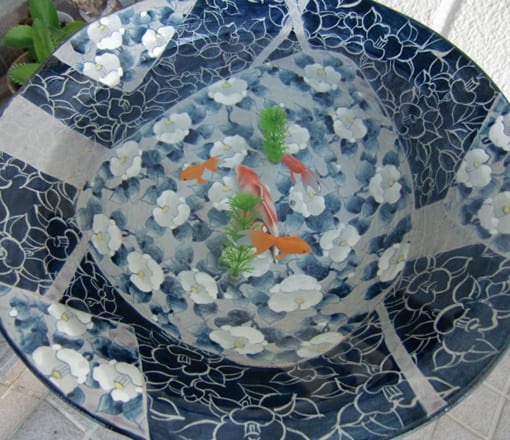
The entire city is dedicated to pottery and ceramics which are visible at attractions, museums, and shops all around the city. Arita ware is most commonly known as blue and white porcelain, some of which with added overglaze colors.
Nowadays, Arita’s population is declining and potters are eager to keep the tradition alive and share their knowledge. Whether you are a complete beginner or an experienced potter, the craftsmen in Arita will guide you to achieve your personal goal. Learn how to mold the clay into cups, bowls or plates. Before painting your own designs on the ceramics, they have to through a firing process to harden.
A Sprinkle of Gold to Make Broken Things Whole Again
In recent years the art of Kintsugi has become known around the world as a method to repair and preserve beloved things that got damaged. Rather than throwing the broken pieces away, Kintsugi embraces the damage as part of the history of an object and makes the breakage visible through the use of powdered gold, silver or platinum.
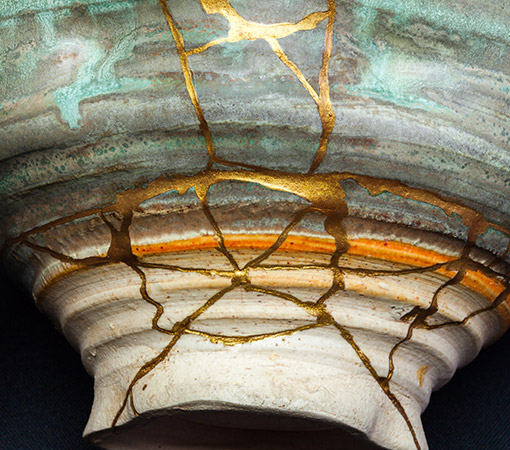
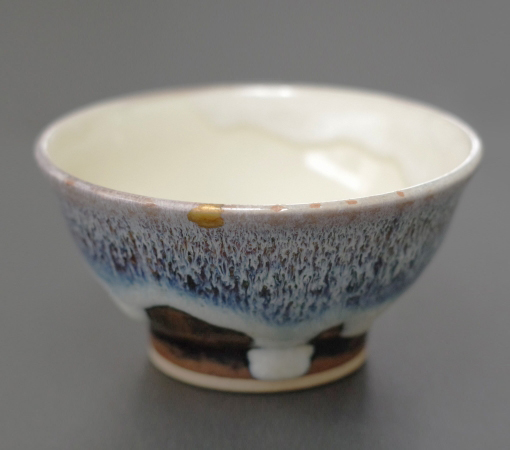
It might seem like Kintsugi is simply the process of gluing things back together with golden lacquer, but a lot of thought and practice goes into perfecting the imperfect such as the consistency of the lacquer, the choice of tools, the thickness of the brushstrokes, and more.
If you want to learn more about the ancient art of Kintsugi or repair a much-loved piece, you will learn from the very best masters in workshops from a few hours to multiple weeks if you really want to dive deep into this craft.
The Art of Maki-e
Maki-e literally means “sprinkled picture” and is quite a unique technique of decorating lacquerware that developed in Japan. Initially, these objects were reserved for court nobles as household items but quickly gained popularity among royals and high military ranks as a symbol of wealth and power. Nowadays, only a few true masters remain that keep this rare art alive.

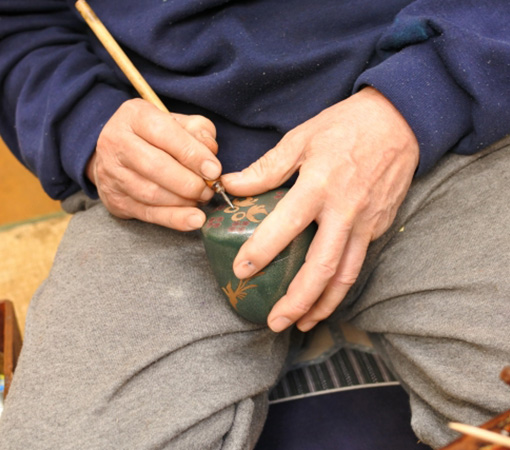

Maki-e are elaborate designs on the glossy surface of black or red lacquerware. The motifs are first drawn with lacquer and then sprinkled with metal powders that stick to the wet lacquer. Using gold, silver and other metal powders fine lines are being drawn, powders are being layered and empty spaces get filled. The art of maki-e is about precision, patience, and dedication to create delicate long-lasting designs.
Whether you just work on a souvenir for a day or perfect your skills in the craft of maki-e over the course of a few weeks, GOYOH’s maki-e masters will create a suitable curriculum to reach your personal goal.
Ceramic making, Kintsugi and Maki-e are only a few examples of Japanese traditional crafts that are waiting to be explored by you. GOYOH offers one-day experiences or extended art residences to study Japanese handicrafts in its entirety. Japan’s top craftsmen and masters of their art are ready to share their experience and knowledge with you.
